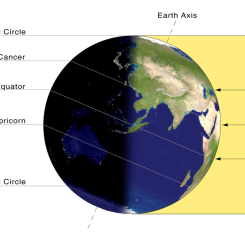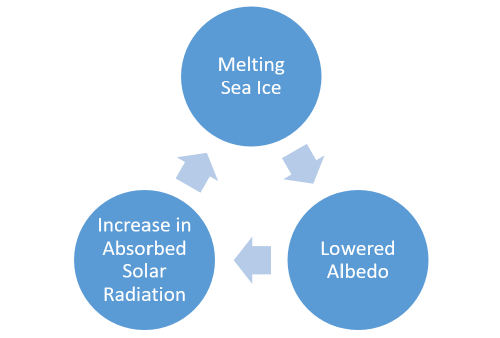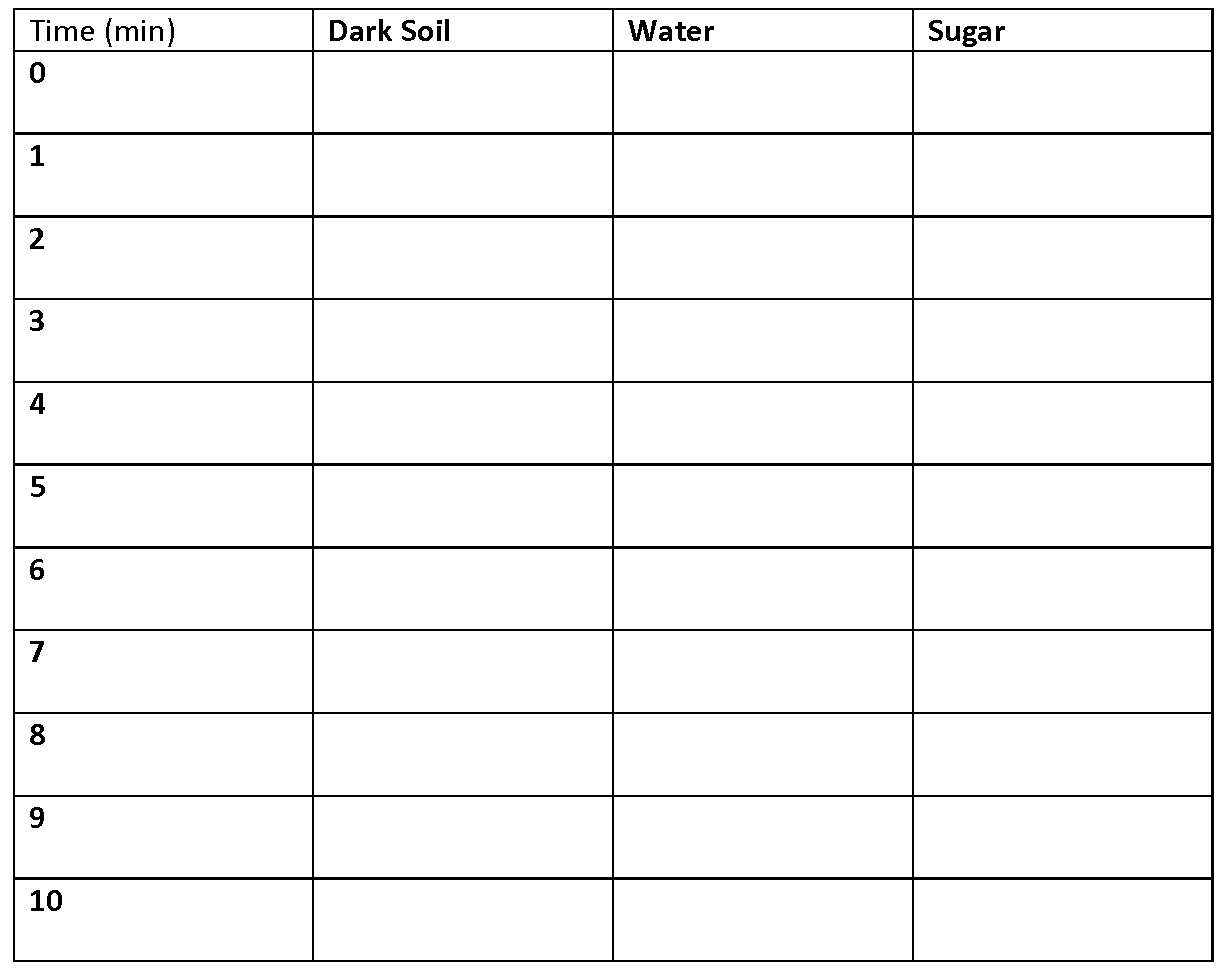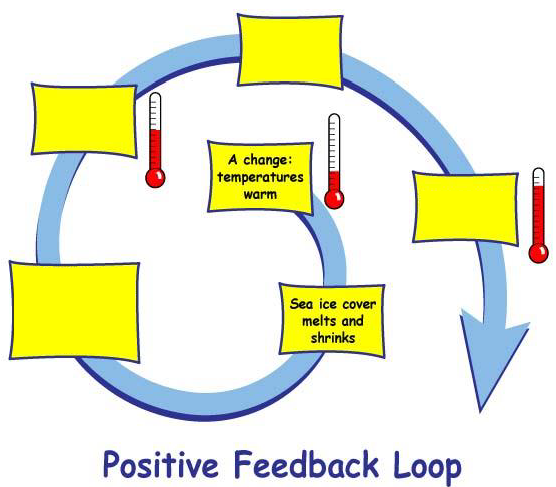Mini Lesson/Activity
Changing Albedo and Sea Ice
Overview
Students explore albedo, sea ice, and the relationship between changing albedo and changing sea ice using data visualizations.
Student Directions
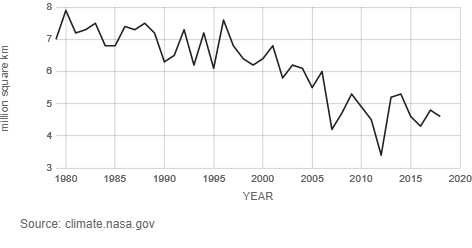
Credit: NSIDC/NASA
https://mynasadata.larc.nasa.gov/sites/default/files/inline-images/SeaIce%20%281%29_0.png
Steps
- Watch the video from NASA's Goddard Space Flight Center.
- As the video displays, Arctic sea ice reaches its minimum each September. Review the graph of Average Annual September Sea Ice Extent from NSIDC/NASA. This graph demonstrates the average monthly Arctic sea ice extent each September since 1979, derived from satellite observations.
- Answer the following questions about the graph. Check with your instructor on how to submit your answers.
- Which year had the lowest recorded Arctic sea ice?
- Which year had the highest recorded Arctic sea ice?
- What is the overall trend in the annual Arctic sea ice minimum?
- What factors might explain the trend in the annual Arctic sea ice minimum?
- The short animation from NASA Scientific Visualization Studio describes the link between sea ice fraction and solar radiation. Watch the animation and answer the questions that follow.
- What do you notice about the areas of increased solar radiation?
- What do you notice about the areas of decreased sea ice?
Exit Ticket
- Summarize the link between albedo and sea ice as an exit ticket. Check with your instructor on how to submit your answer.
Sources:
1. NASA Goddard, 2018 Arctic Sea Ice Ties for Sixth Lowest Minimum Extent on NASA Record -https://www.youtube.com/watch?v=pyIdwDbtcGs
2. NASA Scientific Visualization Studio, Link Between Sea-Ice Fraction and Absorbed Solar Radiation over the Arctic Ocean - https://youtu.be/gQMap0CgL9Q
Teacher Note
Teachers, these mini lessons/student activities are perfect "warm up" tasks that can be used as a hook, bell ringer, exit slip, etc. They take less than a class period to complete. Learn more on the "My NASA Data What are Mini Lessons?" page.
Teachers who are interested in receiving the answer key, please complete the Teacher Key Request and Verification Form. We verify that requestors are teachers prior to sending access to the answer keys as we’ve had many students try to pass as teachers to gain access.
Disciplinary Core Ideas:
- ESS2A: Earth Materials and Systems
- ESS3A: Natural Resources
Crosscutting Concepts:
- Cause and Effect
Science and Engineering Practices:
- Analyzing and Interpreting Data

